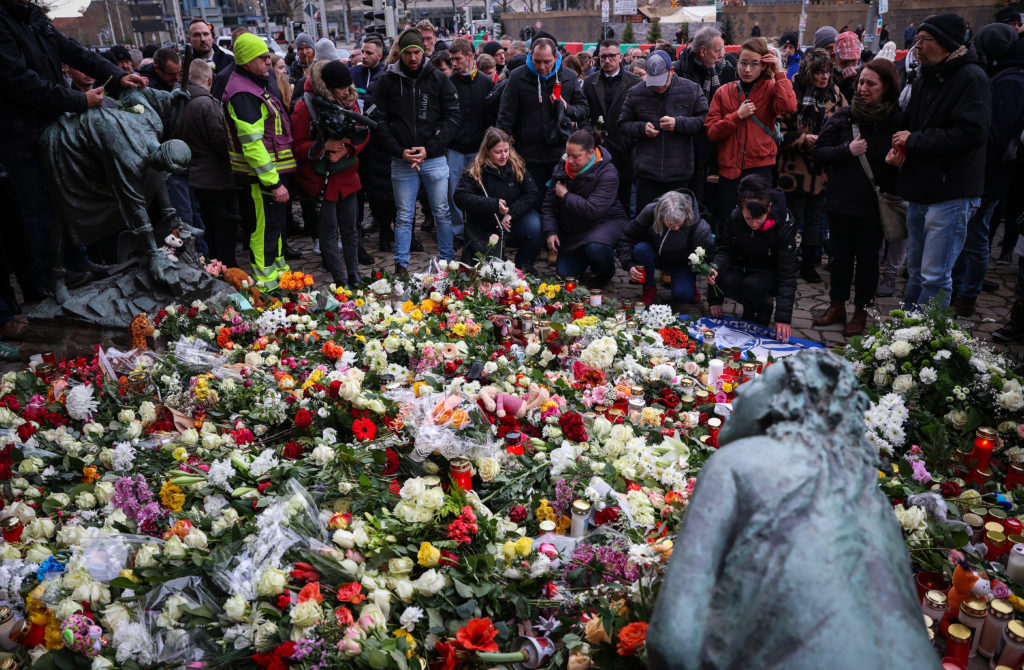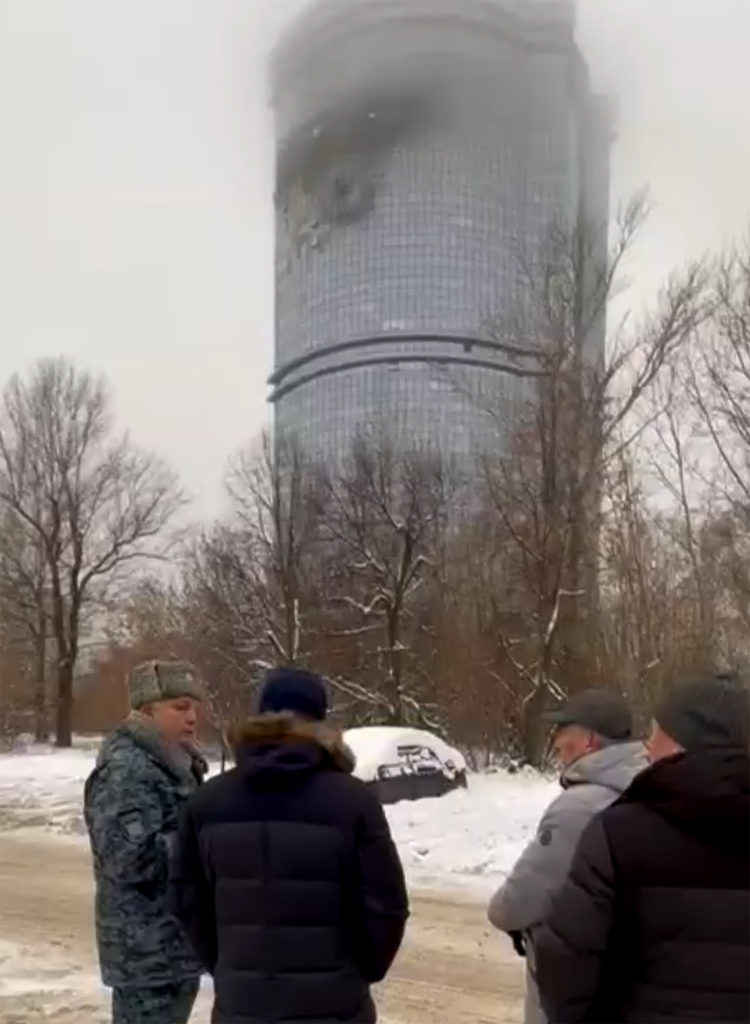An investigation into the Mexico City metro disaster revealed Wednesday a series of construction flaws in the overpass that collapsed, killing 26 people and prompting angry demands for justice.
The initial report by Norwegian engineering company DNV said that a structural failure had caused the elevated section to give way on May 3, bringing a passenger train crashing down.
The preliminary findings, which were presented at a news conference by Mexico City authorities, identified a number of deficiencies in the construction process.
They include “unfinished and/or poorly executed welding,” insufficient bolts and the use of different types of concrete.
The experts also found deformations and fractures in the beams of the section that collapsed, injuring dozens of people and prompting accusations of negligence from devastated relatives.
The metro line, the city’s newest, has been plagued by problems since it was opened in 2012.
DNV, which was hired by the authorities to investigate the causes, plans to deliver two more reports on July 14 and August 30, its Mexico director Eckhard Hinrichsen told the news conference.
The probe aims to establish if the design and materials were appropriate, if the construction was carried out in line with the design, and if the operation and repairs were factors in the crash.
Prosecutors are also investigating the disaster but have yet to publish their findings.
Mexico City Mayor Claudia Sheinbaum said she would put together a technical team to reinforce and repair the 24.5-kilometer (15-mile) long line.
– Political fallout –
The furor over the crash has engulfed two of President Andres Manuel Lopez Obrador’s political proteges and leading contenders to be his left-wing party’s candidate in the 2024 presidential elections.
Sheinbaum faces questions about whether the network has been properly maintained since she took office in 2018.
Foreign Minister Marcelo Ebrard oversaw the development and inauguration of the line in his former position as Mexico City mayor from 2006-2012.
Ebrard has said that his own administrative responsibility for the project ended when he left the job.
The problems in the elevated section of track became known after a strong earthquake that rocked the capital in 2017, according to the top diplomat.
Ebrard released a statement Wednesday defending his role in the metro project, saying his office had held an international tender to select the construction firms.
It also set up an autonomous public entity to manage the project as well as a central committee and a technical subcommittee, and sought advice from Mexican engineering institutions, he added.
Mexican billionaire Carlos Slim also faces scrutiny over the disaster as one of his companies was involved in the construction of the section that collapsed.
Lopez Obrador reiterated Wednesday before the report’s publication that those responsible for the tragedy would be punished and promised to support the line’s reconstruction.
He has rejected suggestions from an employers’ association that the accident was linked to public spending cuts.
The authorities have also come under fire from one of the metro labor unions, which said that its earlier warning about damage to the overpass was ignored.
Line 12, also known as the Golden Line, was built at a cost of around $1.2 billion — 70 percent more than originally planned.
In 2014, operations were suspended at 12 stations along the line for just over a year due to a deterioration in the track, rail fastenings and railroad ties.










